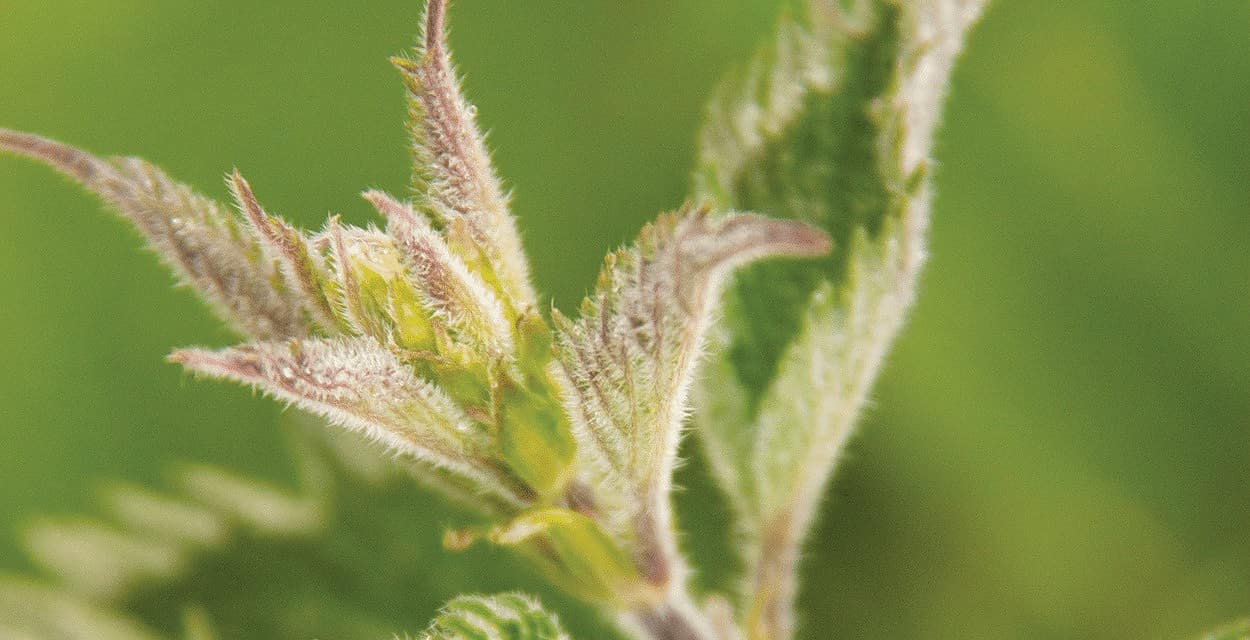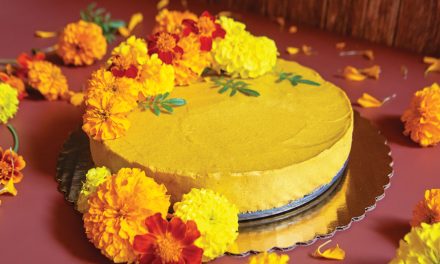How to Avoid the Sting and Enjoy the Green
by Ellen Zachos



Finding Nettles
I have a knack for finding stinging nettles the hard way. The first time, I was strolling through a grassy field with sandals on, and felt a sharp sting on my foot. It swelled up for a few hours; the redness and itching lasted a little longer. I wasn’t a forager at the time, so I felt only annoyance and pain.
A few years later, I backed into a patch of nettles while trying to take the perfect photograph. As soon as I felt the sting on my calf, I knew what I’d done. By that time I’d become a forager, so I put down my camera and started picking.
In northern New Mexico, Urtica dioica is the most common species of edible nettle. You’ll find it in moist, shady woods; near streams; and in sunny fields as long as there’s adequate moisture. If you’re planning an early summer nettle expedition, consider exploring the Jemez or the Sangres. I’ve found good stands of nettles in both mountain ranges, especially above eight thousand feet.
Nettles can grow to be two to six feet tall; their leaves are bright green and pointy, with serrated edges. The stems and undersides of stinging nettle leaves are covered with tiny, hollow hairs called trichomes, which contain chemicals including formic acid and histamine. When these hairs are broken, they release their chemicals, causing the infamous sting.
Nettle flowers are small and white, dangling in short chains from the leaf axils. If you find a nettle plant in flower, the best thing to do is make a mental note and remember the spot for next year. By the time nettles flower, their foliage is too tough and fibrous to be tasty. You may hear rumors that mature nettles contribute to the formation of kidney stones or irritate the urinary tract. I’ve looked for peer-reviewed science to support this, but haven’t found any.
Once you find a good nettle patch, visit early and often. By harvesting every one or two weeks, you can prolong the tasty season. Removing the top six inches of the plant postpones flowering, and lets you harvest longer. This is how the plant is cultivated as a vegetable in many countries around the world.
I’ve heard a few foragers claim to be able to pick nettles without getting stung, but I take precautions. Use leather gloves (the stinging hairs easily penetrate soft cloth) to pinch off the top several pairs of leaves and stem, or use pruners to make your harvest.
Cooking Nettles
You may be wondering how such a well-armed plant can be edible. Fortunately, nettle stingers are destroyed by both cooking and drying. Some people dry the leaves, then grind them to make a powder which they use for tea or as a soup base. I think more flavor is preserved by blanching the nettles, which can then be frozen and stored for up to a year.
Bring a large pot of water to a vigorous boil, then add the nettles (using tongs!) and push them under the water. Boil the nettles for one to two minutes, then submerge them in ice water to stop the cooking. If you’re going to freeze your nettles, eliminate as much water as possible by squeezing the cooked greens.
Stinging nettles reduce when cooked, much the same way spinach does. Cooked nettles have a darker color and richer flavor than spinach, but can nonetheless be used in any way you’d use cooked spinach: in pasta, frittatas, quiches, or to make a rich, emerald green soup full of vitamins A and C, as well as calcium, iron, manganese, potassium, and omega-3 fatty acids. Many nutritionists consider nettles to be a superfood. I confess, that’s not my primary concern; I love nettles because they taste so good.
Get our recipe for Nettle Soup; here.
Edible celebrates New Mexico's food culture, season by season. We believe that knowing where our food comes from is a powerful thing. With our high-quality, aesthetically pleasing and informative publication, we inspire readers to support and celebrate the growers, producers, chefs, beverage and food artisans, and other food professionals in our community.












